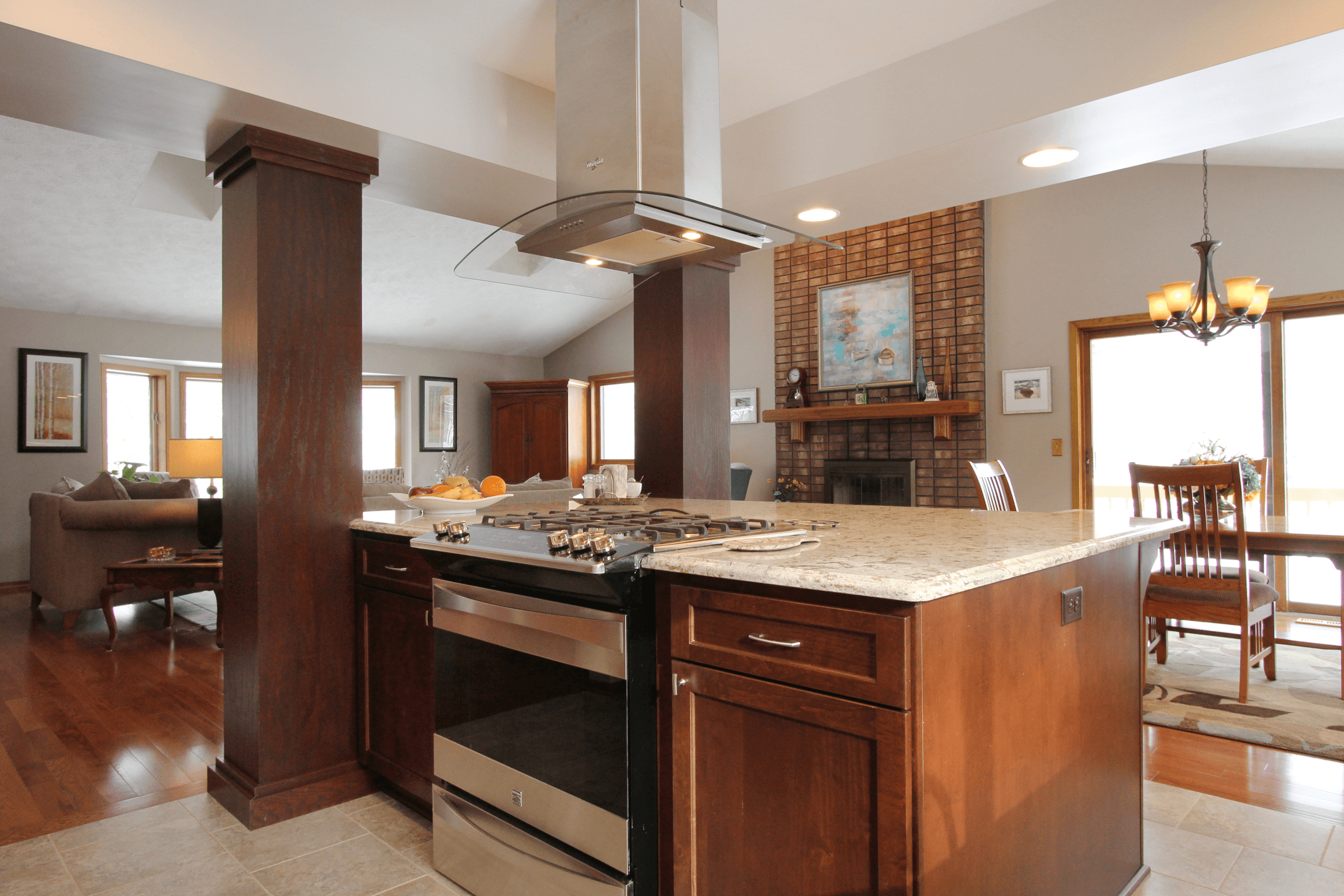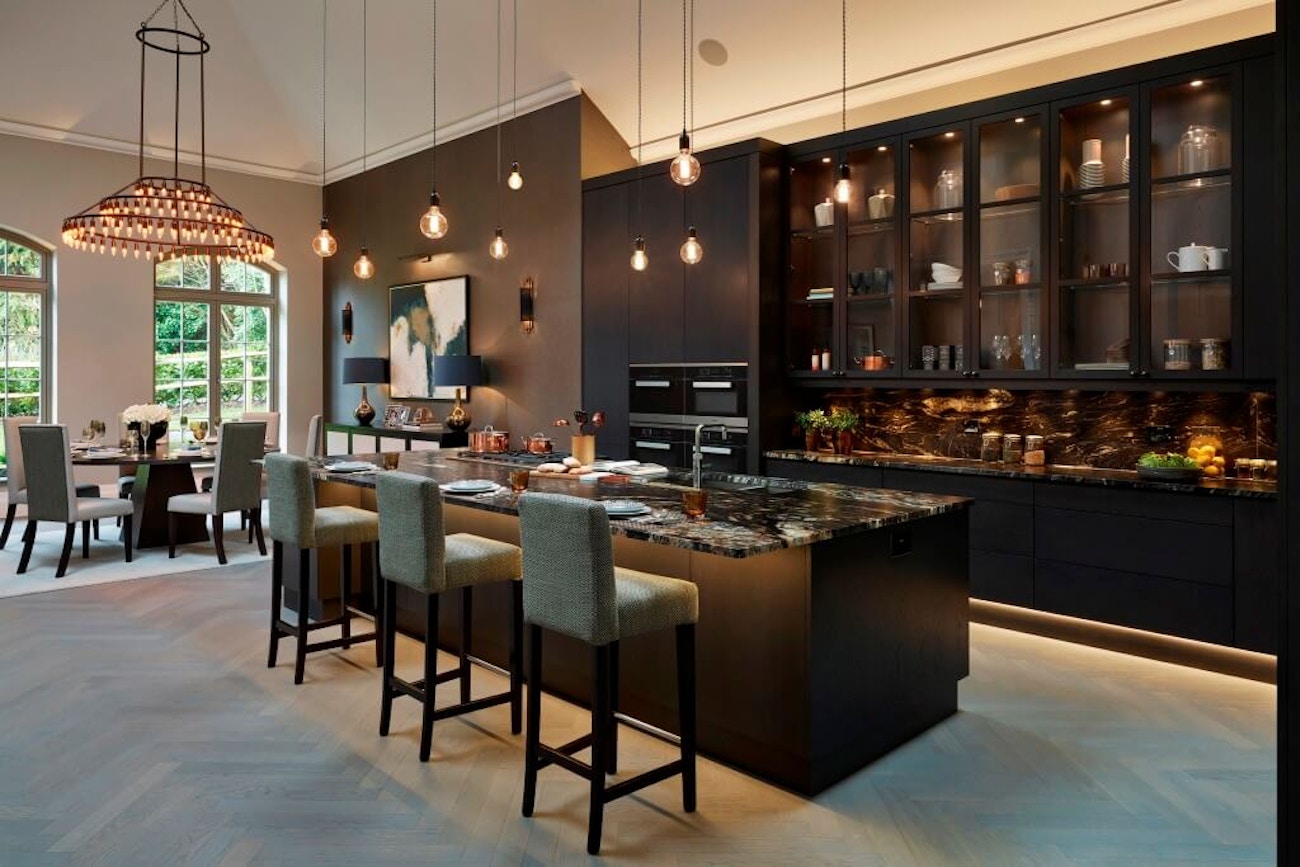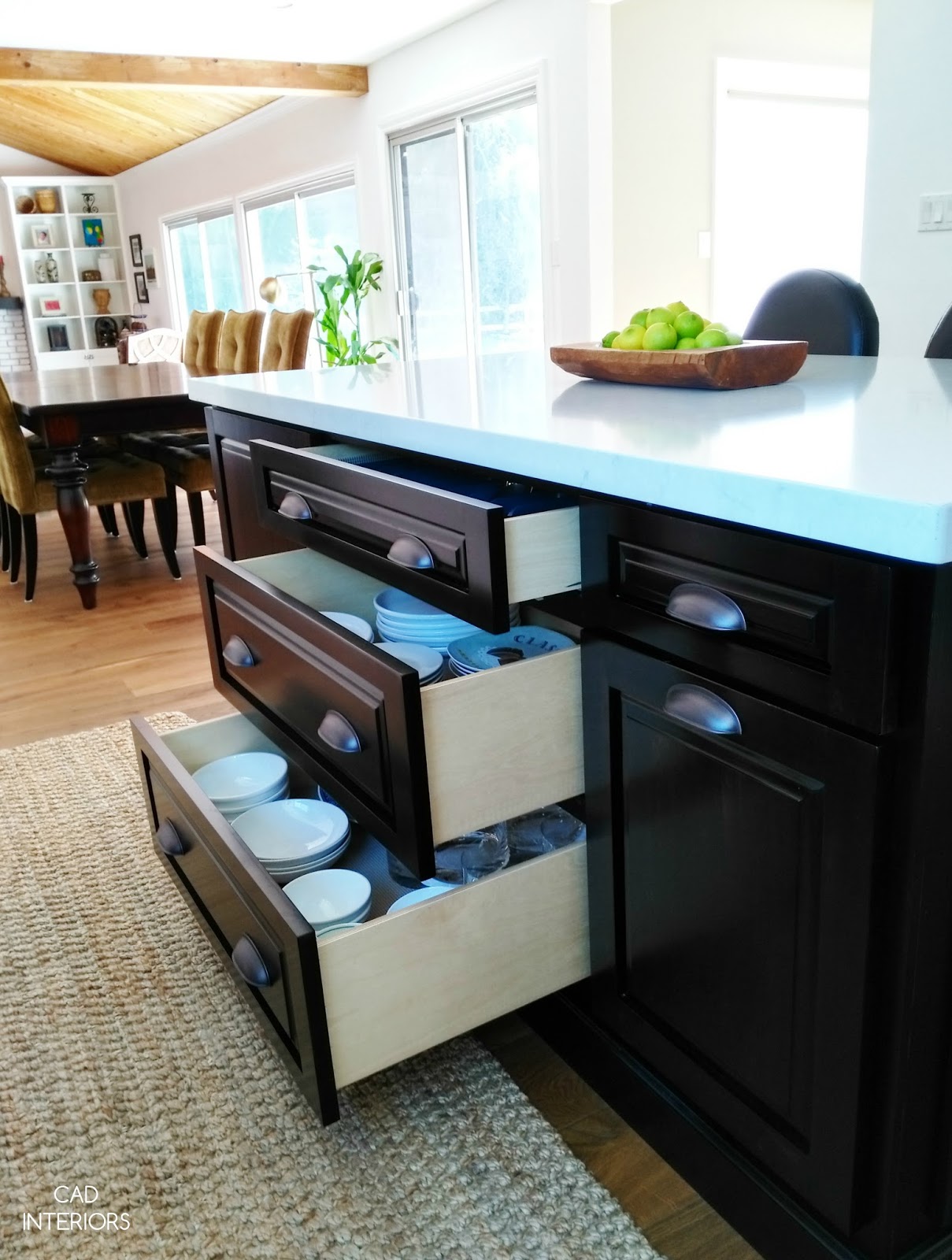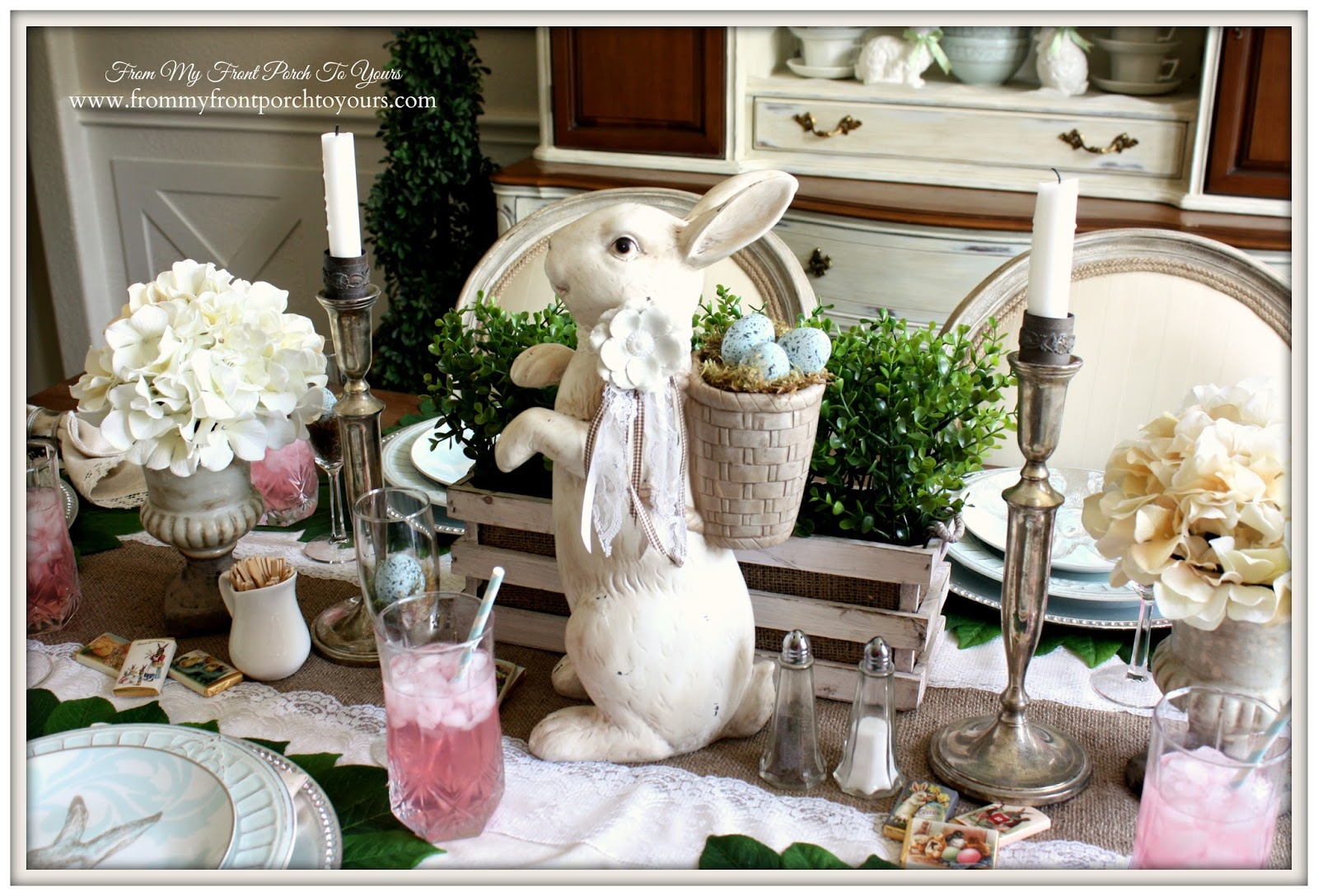When it comes to designing your kitchen island, there are endless possibilities. It's not just a functional piece of furniture, but also a focal point in your kitchen. To help you get started, here are some top design ideas for your kitchen island.1. Kitchen Island Design Ideas
Before you start designing your kitchen island, there are a few things you need to consider. First, think about the size and layout of your kitchen. You want to make sure the island fits comfortably without disrupting the flow of your kitchen. Also, consider the function of your island - will it be used for cooking, eating, or both?2. How to Design a Kitchen Island
The layout of your kitchen island will depend on the size and shape of your kitchen. The most common layout is a rectangular or square island, but you can also opt for a curved or L-shaped island. Consider the placement of your appliances and how you want to use the island to determine the best layout for your space.3. Kitchen Island Layouts
If you want to use your kitchen island as a dining area, consider adding seating. This could be in the form of bar stools or a built-in bench. Make sure to leave enough space around the island for people to comfortably sit and move around.4. Designing a Kitchen Island with Seating
The size and placement of your kitchen island can make or break the functionality of your kitchen. As a general rule, your island should be at least 4 feet long and 2 feet deep to provide enough space for cooking and prep work. It should also be placed at least 3 feet away from any other cabinets or appliances to allow for easy movement.5. Kitchen Island Size and Placement
If you have a specific vision in mind for your kitchen island, consider going for a custom design. This will allow you to have a unique and personalized island that fits your exact needs and style. You can incorporate features such as a built-in sink, wine rack, or even a hidden trash bin.6. Custom Kitchen Island Designs
If you have a small kitchen, don't worry - you can still have a functional and stylish island. Consider a narrow or compact design that still provides enough surface area for prep work. You can also opt for a rolling cart that can be easily moved around when needed.7. Small Kitchen Island Design
Lighting is an important aspect of kitchen island design. It not only provides functional light for cooking and prepping, but also adds ambiance and style to the space. Consider pendant lights or a row of mini chandeliers above the island for a dramatic effect.8. Kitchen Island Lighting Design
Another important factor to consider when designing your kitchen island is storage. You want to make the most out of the space and keep your island clutter-free. Include cabinets, drawers, and shelves to store items such as cookbooks, small appliances, and kitchen tools.9. Designing a Kitchen Island for Storage
Lastly, stay up to date with the latest kitchen island design trends. Some popular trends include incorporating different materials such as marble, wood, or concrete, adding a waterfall edge, and mixing and matching countertop materials. In conclusion, designing your kitchen island should be a fun and creative process. Consider your needs, the layout and size of your kitchen, and the latest trends to create a functional and stylish island that will be the heart of your kitchen. Don't be afraid to play with different designs and elements to make your kitchen island truly unique.10. Kitchen Island Design Trends
Maximizing Space with Your Kitchen Island

Creating a Functional and Stylish Addition to Your Kitchen Design
 When it comes to designing your kitchen, one of the most versatile and useful elements to incorporate is a kitchen island. Not only does it add extra counter and storage space, but it can also serve as a focal point and gathering spot for family and friends. With the right design and placement, a kitchen island can enhance both the functionality and aesthetic appeal of your kitchen. In this article, we will discuss some key factors to consider when designing your kitchen island.
Maximizing Space:
One of the main reasons for adding a kitchen island is to increase storage and counter space. However, it is important to carefully consider the layout and size of your island to avoid overcrowding and hindering movement within the kitchen. A good rule of thumb is to leave at least 42 inches of space around the island to allow for easy traffic flow. If your kitchen is on the smaller side, consider a slim and compact island or opt for a peninsula instead.
Functionality:
When planning your kitchen island, think about how you will use it on a daily basis. Will it mainly serve as a prep space, a dining area, or a combination of both? This will determine the layout and features you incorporate into your design. For example, if you plan on using your island for meal prep, consider adding a built-in sink or stove. If you want it to serve as a dining area, make sure to leave enough space for comfortable seating and leg room.
Style and Design:
Your kitchen island should complement the overall design of your kitchen. It can either blend in seamlessly with the rest of your cabinets or serve as a statement piece with a contrasting color or design. Consider incorporating open shelving, decorative accents, or a unique countertop material to make your island stand out. It is also important to choose materials that are durable and easy to clean, as the island will likely be heavily used.
Lighting:
Proper lighting can make all the difference in the functionality and ambiance of your kitchen island. Consider adding pendant lights above the island to provide focused task lighting for meal prep and cooking. You can also incorporate under-cabinet lighting or recessed lights to create a warm and inviting atmosphere for dining and entertaining.
In conclusion, a well-designed kitchen island can not only add valuable space and functionality to your kitchen, but also enhance its overall style and appeal. By considering factors such as space, functionality, design, and lighting, you can create a kitchen island that is both practical and visually appealing. So go ahead and unleash your creativity to design the perfect kitchen island for your home.
When it comes to designing your kitchen, one of the most versatile and useful elements to incorporate is a kitchen island. Not only does it add extra counter and storage space, but it can also serve as a focal point and gathering spot for family and friends. With the right design and placement, a kitchen island can enhance both the functionality and aesthetic appeal of your kitchen. In this article, we will discuss some key factors to consider when designing your kitchen island.
Maximizing Space:
One of the main reasons for adding a kitchen island is to increase storage and counter space. However, it is important to carefully consider the layout and size of your island to avoid overcrowding and hindering movement within the kitchen. A good rule of thumb is to leave at least 42 inches of space around the island to allow for easy traffic flow. If your kitchen is on the smaller side, consider a slim and compact island or opt for a peninsula instead.
Functionality:
When planning your kitchen island, think about how you will use it on a daily basis. Will it mainly serve as a prep space, a dining area, or a combination of both? This will determine the layout and features you incorporate into your design. For example, if you plan on using your island for meal prep, consider adding a built-in sink or stove. If you want it to serve as a dining area, make sure to leave enough space for comfortable seating and leg room.
Style and Design:
Your kitchen island should complement the overall design of your kitchen. It can either blend in seamlessly with the rest of your cabinets or serve as a statement piece with a contrasting color or design. Consider incorporating open shelving, decorative accents, or a unique countertop material to make your island stand out. It is also important to choose materials that are durable and easy to clean, as the island will likely be heavily used.
Lighting:
Proper lighting can make all the difference in the functionality and ambiance of your kitchen island. Consider adding pendant lights above the island to provide focused task lighting for meal prep and cooking. You can also incorporate under-cabinet lighting or recessed lights to create a warm and inviting atmosphere for dining and entertaining.
In conclusion, a well-designed kitchen island can not only add valuable space and functionality to your kitchen, but also enhance its overall style and appeal. By considering factors such as space, functionality, design, and lighting, you can create a kitchen island that is both practical and visually appealing. So go ahead and unleash your creativity to design the perfect kitchen island for your home.





:max_bytes(150000):strip_icc()/DesignWorks-0de9c744887641aea39f0a5f31a47dce.jpg)





















/cdn.vox-cdn.com/uploads/chorus_image/image/65889507/0120_Westerly_Reveal_6C_Kitchen_Alt_Angles_Lights_on_15.14.jpg)




























/DesignWorks-baf347a8ce734ebc8d039f07f996743a.jpg)













:max_bytes(150000):strip_icc()/exciting-small-kitchen-ideas-1821197-hero-d00f516e2fbb4dcabb076ee9685e877a.jpg)



















:max_bytes(150000):strip_icc()/GettyImages-1398693405-ab1afd6b3c3b41bc990a812e5381d746.jpg)



:max_bytes(150000):strip_icc()/KitchenIslandCabinetStorage-5e117d40159e4a628c9433f5160fe648.jpg)






:max_bytes(150000):strip_icc()/helfordln-35-58e07f2960b8494cbbe1d63b9e513f59.jpeg)








